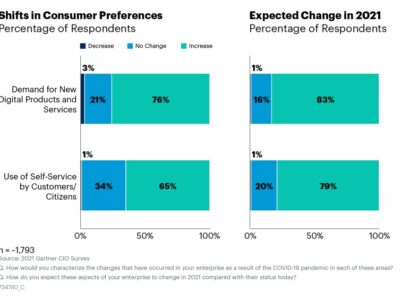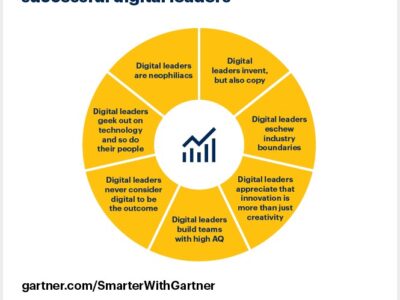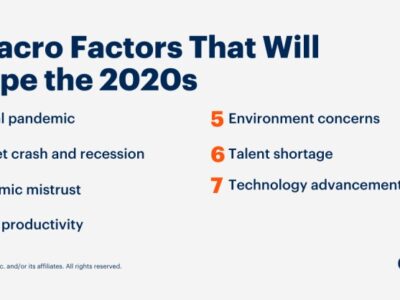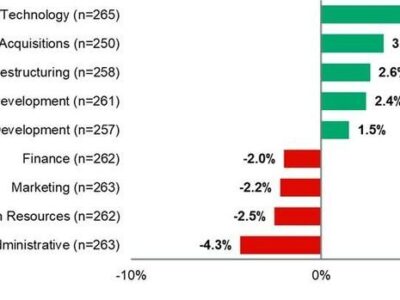November 2, 2020 Contributor: Laura StaritaFour digital business accelerators can enable executive leaders to maintain the momentum established in the early weeks of the pandemic to execute on transformation.
Essential goods retailers Walmart and Target both saw a 20% increase in sales in March 2020, partly on account of the speed with which they scaled e-commerce and curbside pick-up in response to pandemic business disruption. B2B brands like DNV GL, a certification and accreditation firm, likewise ramped up its ability to conduct digital inspections for customers during lockdown.
We’ve seen two years’ worth of digital transformation in two months
These are just a few examples of the ways in which businesses accelerated digital business to respond in the early days of the pandemic.Executive
Accelerate Enterprise Digital Investments During COVID-19
Prioritize digital business efforts to be future-readyDownload Research
“The onset of COVID-19 spurred rapid action to get digital commerce; contactless, remote customer relationships; remote learning; and working from home up and running within days and weeks,” says Kristin Moyer, Distinguished VP Analyst, Gartner. “As Satya Nadella (CEO of Microsoft) put it, ‘We’ve seen two years’ worth of digital transformation in two months.’”
Read more: Why Now Is the Time to Accelerate Digital
CEOs and boards want to accelerate digital business. Moyer says, “Great, there’s momentum. But I’ve never spoken with an executive leading digital business who says they’re trying to go as slow as possible. The real question is, how do you go faster?”
Gartner has identified four digital business accelerators that will help executive leaders make faster digital business progress through quick fixes, smart tactics and new directions.
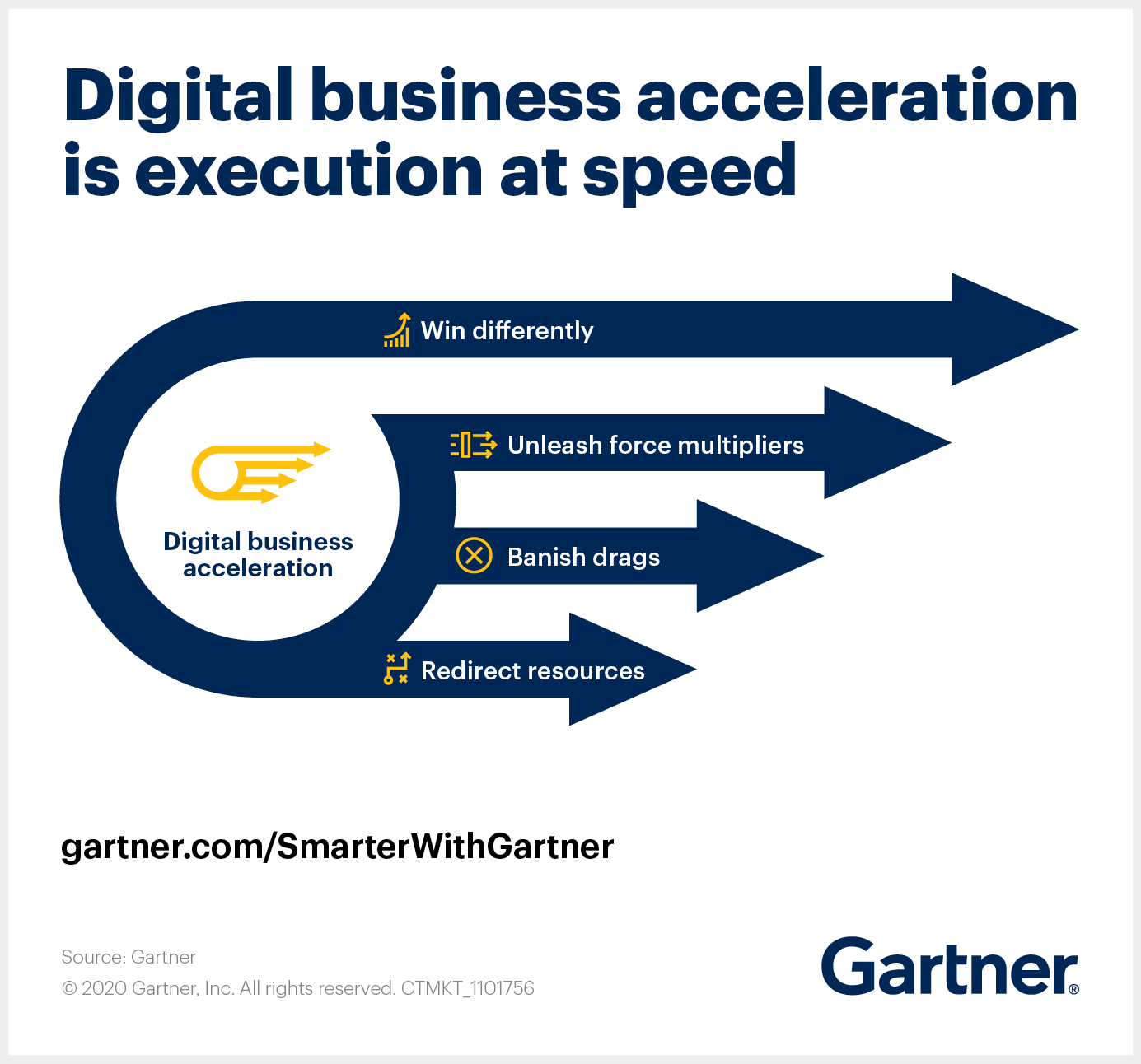
Tactic No. 1: Win different
The pandemic uncovered new customers and sources of demand for businesses. Some organizations pivoted to new products and opportunities using existing systems. Now is the time to explore new business models, operating models and platforms to operationalize those opportunities. To win differently over the short-, medium- and long-term, executives should employ:
Read more: Prioritize Digital Business Initiatives to Accelerate Into the Future
Quick fixes
- Interview customers about their current challenges and needs
- Speak directly to end users through the service contact center
Smart tactics
- Drive deeper digitalization and intelligence into existing products
- Enable more contactless customer interactions on a continuum of 100% digital to 100% human
New directions
- Set up a strategy think tank to explore digital opportunities that are adjacent to their core market
- Create a “virtual global tour” video of what’s going on digitally in their industry
Tactic No. 2: Unleash force multipliers
A force multiplier is an action that powers momentum. Multipliers can come through internal actions, such as a business model innovation workshop. They can also come through external actions, such as an acquisition that enables moves into new geographic or product markets. Force multipliers can include:
Quick fixes
- Ask every board member to bring an example of a digital business that impressed them to the next supervisory board meeting
- Host product digitalization creativity workshops
Smart tactics
- Launch an open innovation challenge focused on new digital product opportunities
- Sketch an “anti-strategy” — state what your company won’t do and what it won’t be
New directions
- White-label a product or service from a digital-native partner
- Empower business technologists (employees outside of IT who have technical skills) with self-service, automation and reuse
Tactic No. 3: Banish drags
A drag is a negative internal or external force that adds friction to the business. Examples of external drags are supply chain disruptions or government shutdowns. Internal drags include outdated processes or legacy systems. Ideas to banish drag include:
Quick fixes
- Cancel large-scale, pre-crisis, non-digital programs
- Fortify digital productivity by using crisis culture hacks focused on hope, belonging, agency and pride
Smart tactics
- Use robotic process automation (RBA) to drive even deeper back-office automation
- Shorten the decision distance by removing steps and intermediaries that come between experts and decision makers
New directions
- Embed work design assessments into talent management activities to better sync work design with how work gets done
- Formalize how processes can flex by creating boundaries for autonomy and proceeding with consent rather than waiting for consensus
Tactic No. 4: Redirect resources
The majority of CFOs report delaying capital investments. At the same time, they hope to redirect pandemic-related savings from areas like travel and entertainment to growth-oriented programs. Executives can recapture resources and redeploy them using tactics such as:
Quick fixes
- Shut down marginal and low-volume non-digital channels or initiatives
- Freeze enhancements to programs that will be less essential in a COVID world
Smart tactics
- Shift more work from complex sourcing providers to gig workers
- Create a talent marketplace to match internal skills to the initiatives that need them
New directions
- Rightsize real estate leases and assets for a hybrid workforce
- Sell legacy assets or business units that don’t align with the company’s digital future
- Shift travel and entertainment savings to SaaS and cloud acceleration


